(63600 products available)










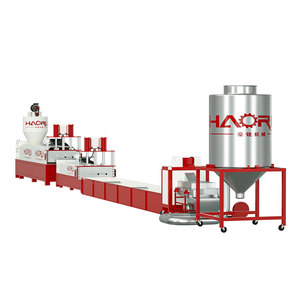

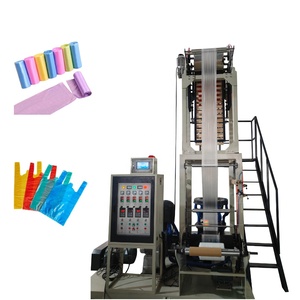

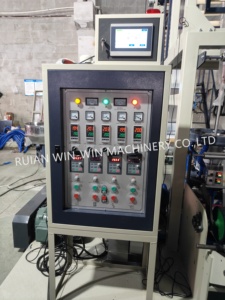














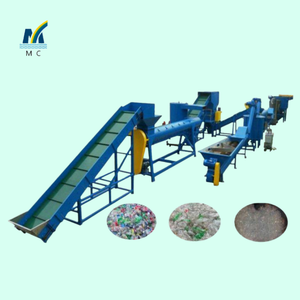




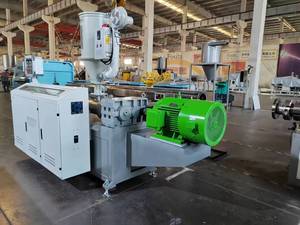
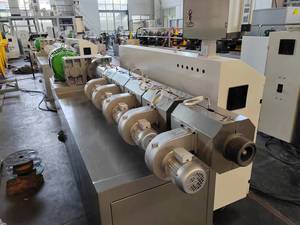








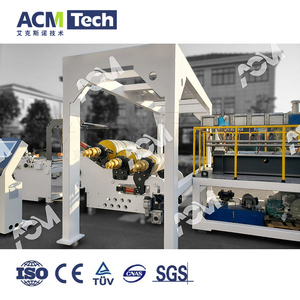
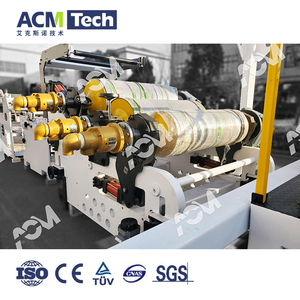




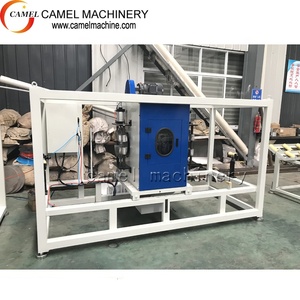









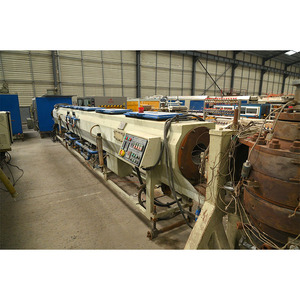





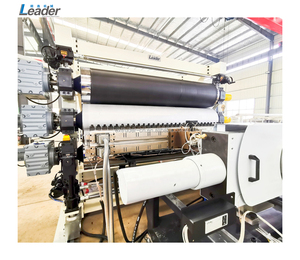





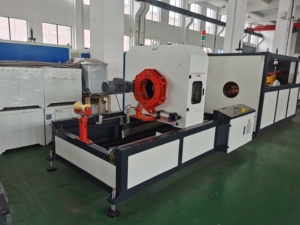





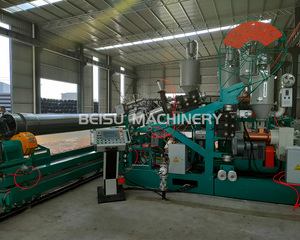


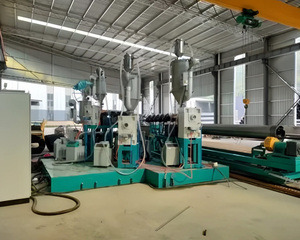
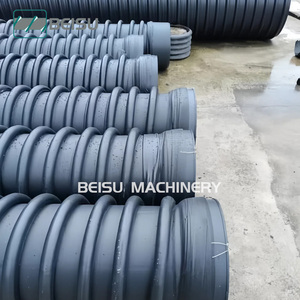









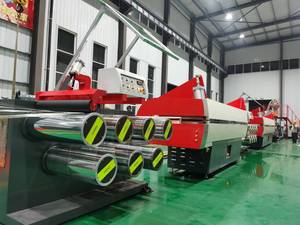



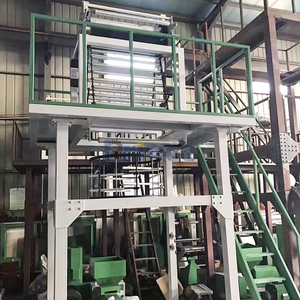
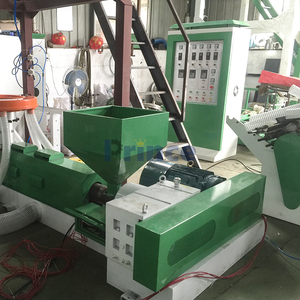






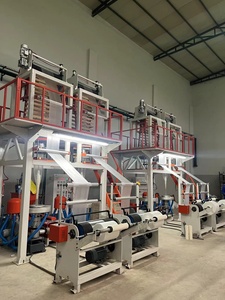

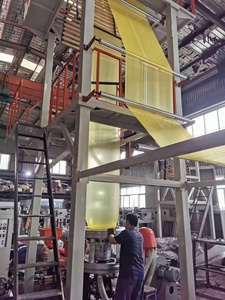

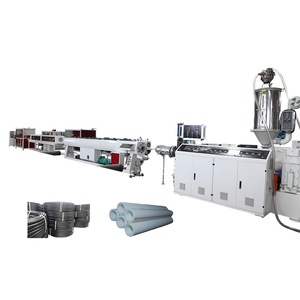






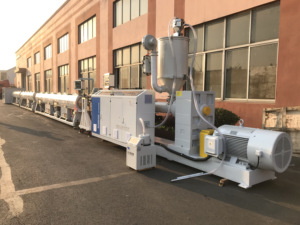

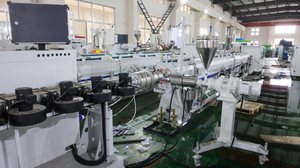
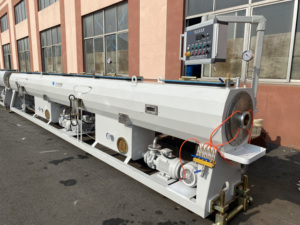


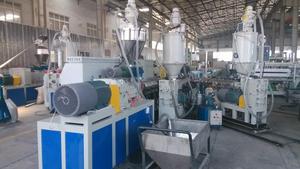



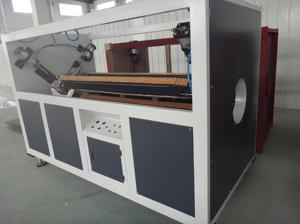



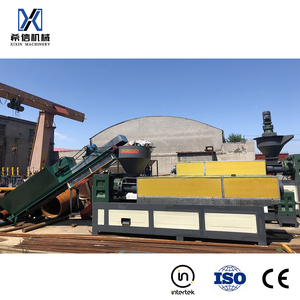

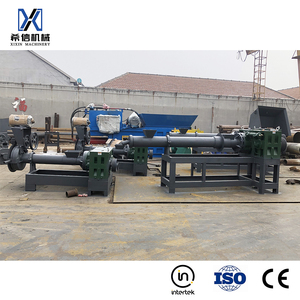












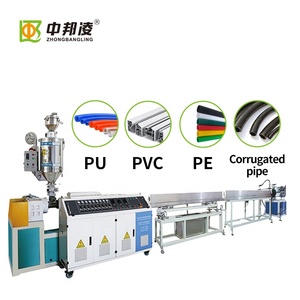








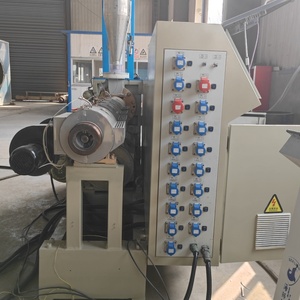



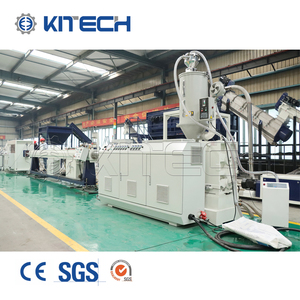

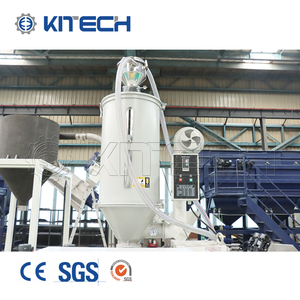
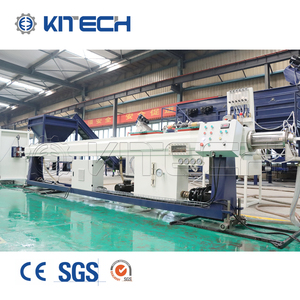











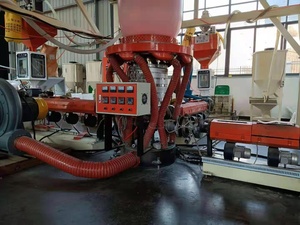





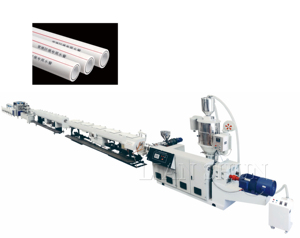





An HDPE production line is a set of equipment and processes used to manufacture high-density polyethylene (HDPE), a thermoplastic known for its high strength-to-density ratio, which makes it ideal for a myriad of applications. Several types of HDPE production lines are available, such as film production lines, bottle production lines, pipe production lines, thick-wall/large-diameter HDPE extrusion production lines, and HDPE molding production lines.
HDPE film production line:
An HDPE film production line is a manufacturing setup used to produce plastic films from high-density polyethylene (HDPE) material. These films have wide-ranging applications, including packaging materials, agricultural mulch films, protective films, and plastic sheets, to name a few. This production line typically incorporates an extrusion machine, blow molding device, or cast method to form the HDPE films. Depending on the specific production line and equipment used, the characteristics, thickness, and width of the produced films may vary.
HDPE bottle production line:
An HDPE bottle production line refers to the entire manufacturing process and equipment used to produce bottles from high-density polyethylene plastic. Depending on the specific production techniques and equipment used, these bottles can be used for packaging water, beverages, cosmetics, and other products.
The main steps in an HDPE bottle production line typically include material preparation, extrusion or injection molding to form the bottle preforms or bottles, bottle decoration and labeling, and packaging and storage.
HDPE pipe production line:
An HDPE pipe production line is a manufacturing setup used to produce pipes from high-density polyethylene (HDPE) material. HDPE pipes are known for their lightweight, high strength, low friction, and corrosion resistance, making them suitable for use in water supply, drainage, gas pipeline systems, cable conduits, and other infrastructure.
The HDPE pipe production line typically uses the extrusion molding process. The specific steps include material feeding and extrusion, cooling and solidification, cutting and finishing, etc. The production line may also be equipped with auxiliary equipment such as color-matching and printing systems to realize customized HDPE pipe products.
Thick-wall/large-diameter HDPE extrusion production lines:
These production lines specialize in manufacturing HDPE products with thicker walls or larger diameters. They are capable of handling higher melt strengths and exerting greater control over the cooling and shaping processes required for thick-wall/large-diameter products.
HDPE molding production line:
An HDPE molding production line is a manufacturing setup used to produce various products through the molding process using high-density polyethylene material. These products may include containers, buckets, toys, industrial parts, and more. The main methods employed in an HDPE molding production line are extrusion molding, injection molding, and blow molding.
Extruder:
The diameter of the barrel generally ranges from 90mm to 250mm, and the length-to-diameter ratio is about 24L/ D to 30L/ D. The power of the motor drives the extruder, which is typically between 55kW and 185kW, depending on the capacity and application. The actual parameters are determined according to the production requirements and material characteristics.
Die head and template:
Die head: The aperture of the die head is generally between 70mm and 200mm, and the pressure is between 0.2MPa and 1.5MPa.The die head design will depend on the shape and requirements of the product.
Template: The template working with the die head is usually made of stainless steel and other materials with high-temperature resistance and durability. The size of the template is customized according to the production line's capacity and product requirements.
Vacuum sizing machine and cooling water tank:
Sizing machine: The length of the sizing machine is usually between 2m and 6m, and the effective sizing diameter is between 20mm and 1600mm. Cooling Water Tank: The length of cooling water tanks usually ranges from 2m to 5m, and the effective cooling tank width is from 0.5m to 2m.
Cutting and control system:
Cutting part: The cutting tool width is generally between 0.5m and 2m, and the cutting speed is between 5m/min and 30m/min, which is adjusted according to the pipeline and plate thickness.
Control system: The input/output points of the control system are usually more than 2000, and the control mode includes PLC control, which adopts the international mainstream control components and has multi-function and high reliability.
In addition, other auxiliary parts, such as the vacuum pump for the sizing machine and the circulating water pump, also have corresponding specifications according to the requirements of the HDPE production line.
Maintenance requirement:
The versatility of HDPE and the efficiency of the HDPE production line make for a great combo that has many applications across industries. Some common uses of HDPE plastic made from the production line are as follows:
When choosing an HDPE production line, several factors need to be considered to meet specific production requirements and business goals.
Production demand analysis
Businesses need to assess their production demands, including production capacity and HDPE products' types and specifications. This analysis will help companies choose a production line with an adequate capacity and suitable equipment for processing various products.
Equipment functionality and quality
Companies should understand the functions of different pieces of equipment in the production line, such as extruders, molds, cooling systems, and auxiliary equipment. In addition, the quality of the equipment is also crucial to stable production and product quality.
Automation and control
Businesses should consider the level of automation and control systems in the production line. An automated and intelligent production line can improve production efficiency, reduce labor costs, and facilitate production management and quality control.
Flexible production
Flexibility in the production line allows businesses to quickly respond to market demands and adjust production processes and equipment to produce different types of products.
Energy consumption and environmental impact
Companies should consider the production line's energy consumption and environmental impact. Choose energy-efficient equipment to reduce costs and adopt environmentally friendly technologies to ensure compliance with environmental regulations.
After-sales service and support
Businesses should consider the supplier's after-sales service and technical support. Reliable after-sales service can ensure timely maintenance and technical support for the production line, thereby minimizing equipment downtime and production interruptions.
Q1: What is HDPE production line?
A1: HDPE production line refers to the set of equipment and processes used to manufacture high-density polyethylene (HDPE), a thermoplastic widely used for making containers, bottles, pipes, and plastic lumber, among other products.
Q2: What are the key components of an HDPE production line?
A2: An HDPE production lines typically includes an extruder, mold, cooling system, cutting system, and packing system. It may also include pre-treatment and post-treatment procedures, such as feeding and sorting, chemical and thermal processing, quality inspection, and automation control.
Q3: What are the Types of HDPE Production Lines?
A3: The HDPE production line can be divided according to the materials and processes into the HDPE blow molding production line, HDPE injection molding production line, HDPE extrusion production line, etc. Among them, the extrusion mold stands out and occupies a mainstream market share.
Q4: What kinds of products can the HDPE extrusion production line make?
A4: The HDPE extrusion production line is capable of producing various extruded products, including but not limited to sheets, films, pipes, profiles, rolls, etc.